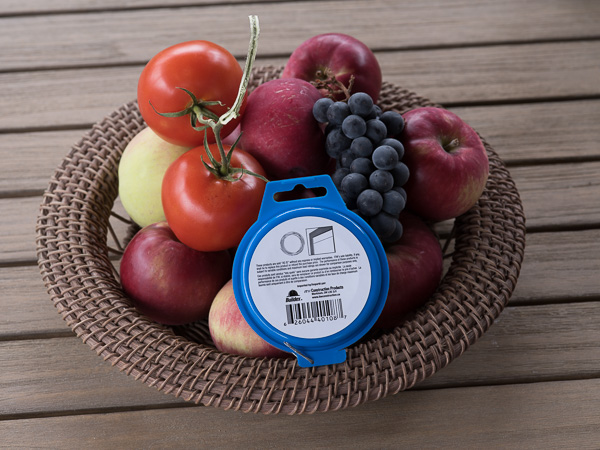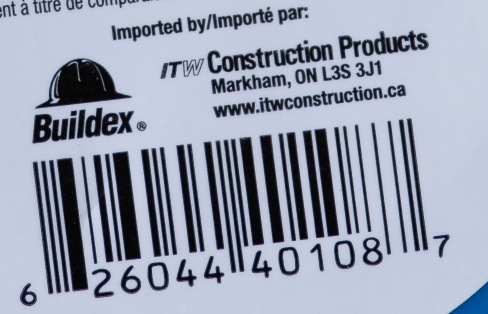Erik,
With a due respect, but I believe that you (and many others) overstate the issue of diffraction losses at small apertures, especially with medium format.
Somewhat frustrated with this debate, after breakfast this morning I did a quick test, just to post here.

This is the set up, taken with the Pentax 645z and Pentax 120mm Macro, a lens of undisputed high resolution.
I did a series of exposures, keeping the ISO the same and simply varying the shutter speed relative to the aperture. The range was f/5.6, f/8, f/11, f/16, f/22, and f/32.

F/5.6

f/22
As I suspected, f/5.6 and f/8 were indistinguishable. F/11 was minutely less crisp and f/22 a bit more so. f/32 was noticeably softer.
The point though, is that a small increase in the amount of sharpening used is all that's need to bring the f/22 shot to the point that it's
almost indistinguishable at 100% on screen, and
completely indistinguishable in a 16X20" print.
So, while I have no problem with theory, I am much more interested in practice, and as I've written for years, make your own tests before believe so-called experts (including me).
The secret to making the f/22 shot look almost the same as the one at f/5.6 was simply a bit of extra sharpening. Nothing more.
By the way, I wrote about this back in 2002, in the film days, and the same thing applied then.
http://www.luminous-landscape.com/essays/stop-d.shtml.
Stop worrying and keep shoot!Michael
UPDATE: My apologies. I mistakenly posted the f/5.6 shot twice. The correct f/22 shot is now there. Same difference.